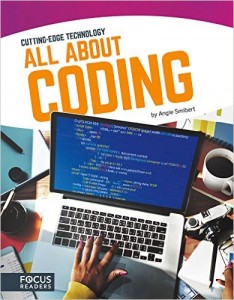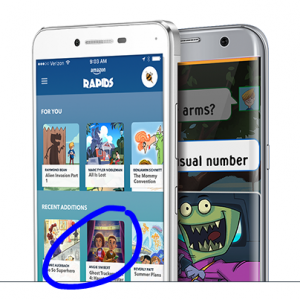Between novel series, I’ve been writing nonfiction for kids on a work-for-hire basis. Recently, I’ve had several fellow writers ask me about how to get started in it, so I thought I’d post the info here on my site.
Part I: What the heck is work for hire (WFH)?

WFH is basically writing a book or a shorter piece directly for a publisher or book packager. In other words, they hire you to write something they’ve already spec’d out—to some degree or another. In most cases (not all), the publisher retains copyright.
Here’s an example of the kind of thing I do. Publisher A is planning a series on turning points in history for 4th grade readers. The publisher (or a packager) decides the topic of each book, draws up guidelines for what they should include, and then contracts writers and illustrators to do each one. Most of these gigs pay a flat fee. A packager or producer, btw, acts as middle man for publishers in the process. Not all publishers use packagers/producers. I’ve worked with both publishers and packagers. I would guess that most nonfiction in the library market is done this way—as is some of the bookstore market NF.

This is just one flavor of WFH, though. Educational writing is a big market that includes shorter content and assessments. For instance, some testing companies need text for standardized tests. Or a publisher or app developer might need material for a reading app or game. The text can be nonfiction or fiction. Some publishers and educational content producers need tests, lesson plans, and so forth to accompany books or apps. Assessments are not my strong suit, but I have written short stories for reading apps.
Fiction WFH is similar. (Except that some fiction WFH pays royalties.) Many, many series and media tie-ins are WFH. In fact, WFH has a long history in children’s lit. Think Nancy Drew and Hardy Boys. WFH fiction is certainly not limited to children’s lit, though. I know writers who do Stargate SG1, Star Wars, and other media-tie-in novels.
I’ve never written a WFH novel, but I have done a couple of tryouts for MG series. The requests for those came through my agent. So sometimes publishers have a series in mind and then ask agents (and probably editors) whom among their authors might be interested. Don’t despair if you don’t have an agent, though. Probably (again a guess on my part) most WFH fiction is done through packagers. Those packagers hire writers based on try outs. For those, the publisher or packager might give you story/series description, character profiles, and a detailed outline to write from. You’d then write three chapters as your try out.
I’m not going to mention the game market because I know nothing about writing for it. But I do know writers who make a living writing doing just that. Every type of game, from video games to RPGs, has writers. And there are folks who write game-tie-in novels!
I’m sure I’m missing many types of WFH writing. Let me know in the comments!
In Part 2, I’ll let you know how to get started in nonfiction WFH for kids—with some links—and in part 3, I’ll talk a bit about what to expect when you get a gig.
